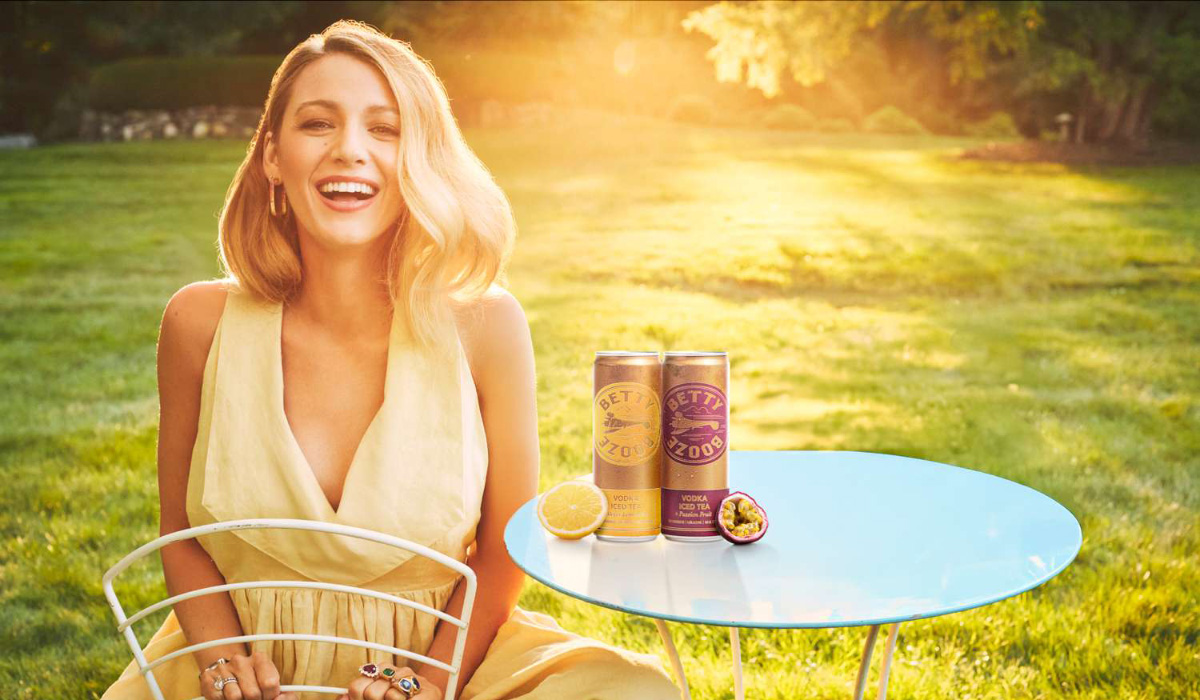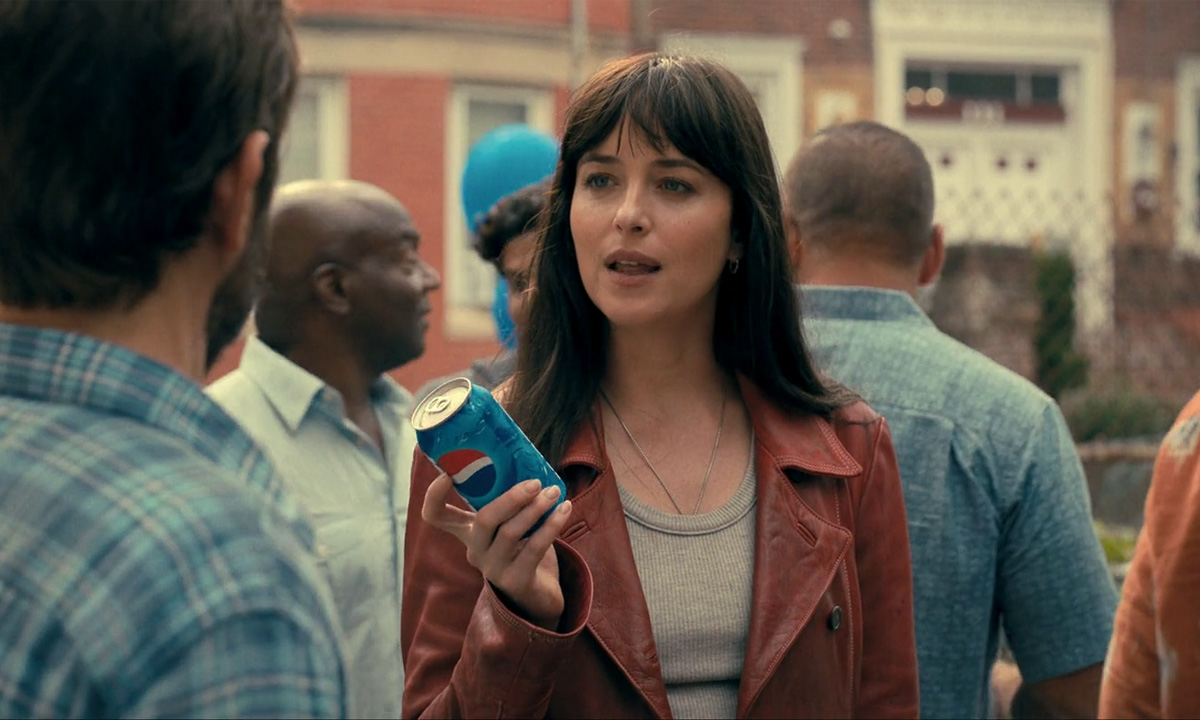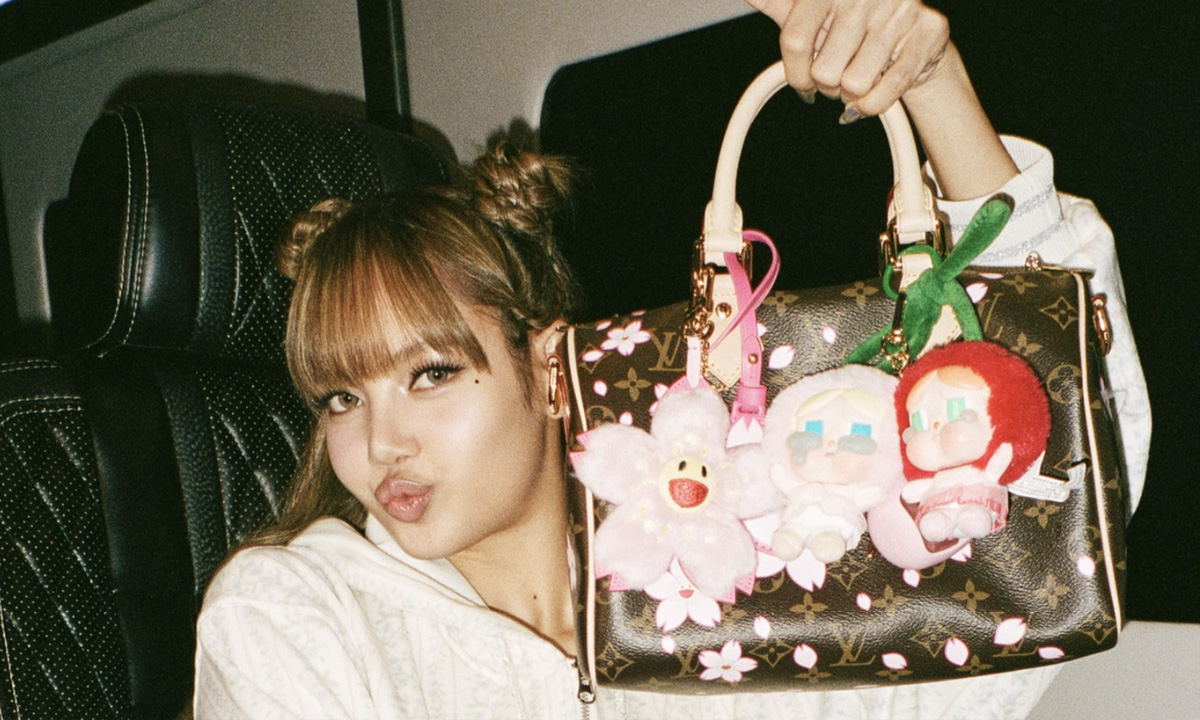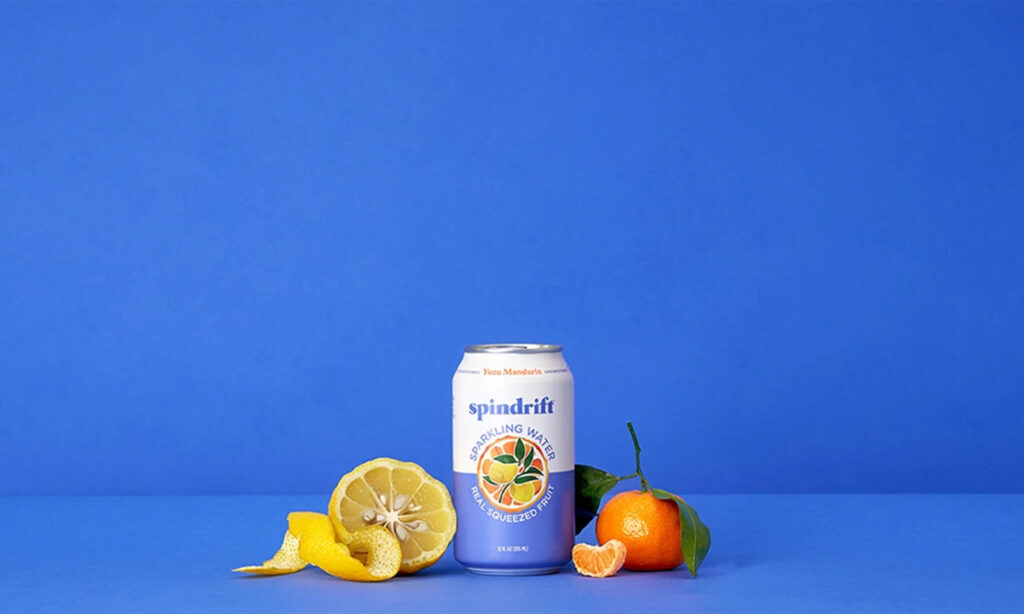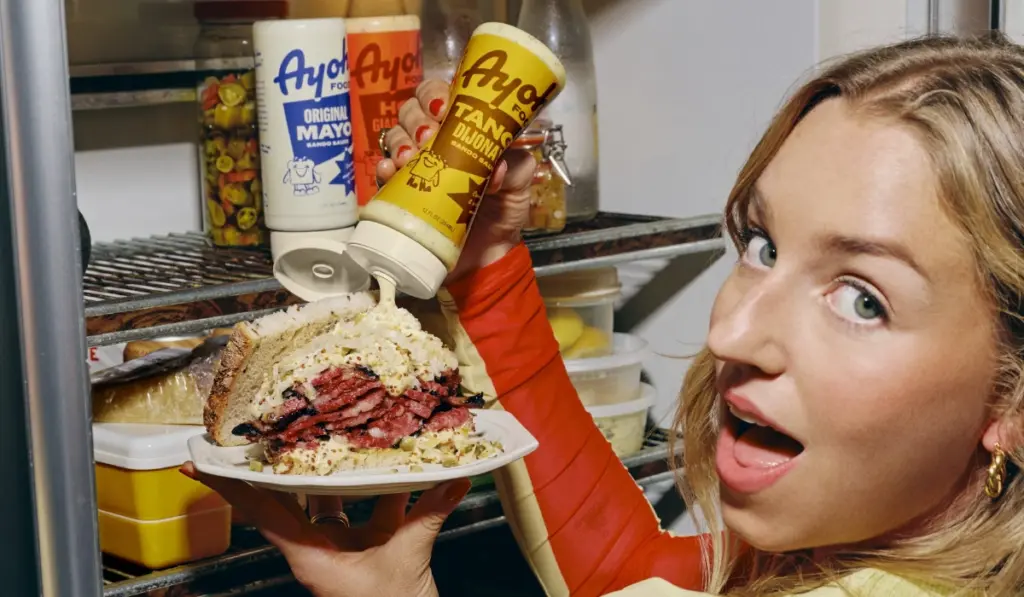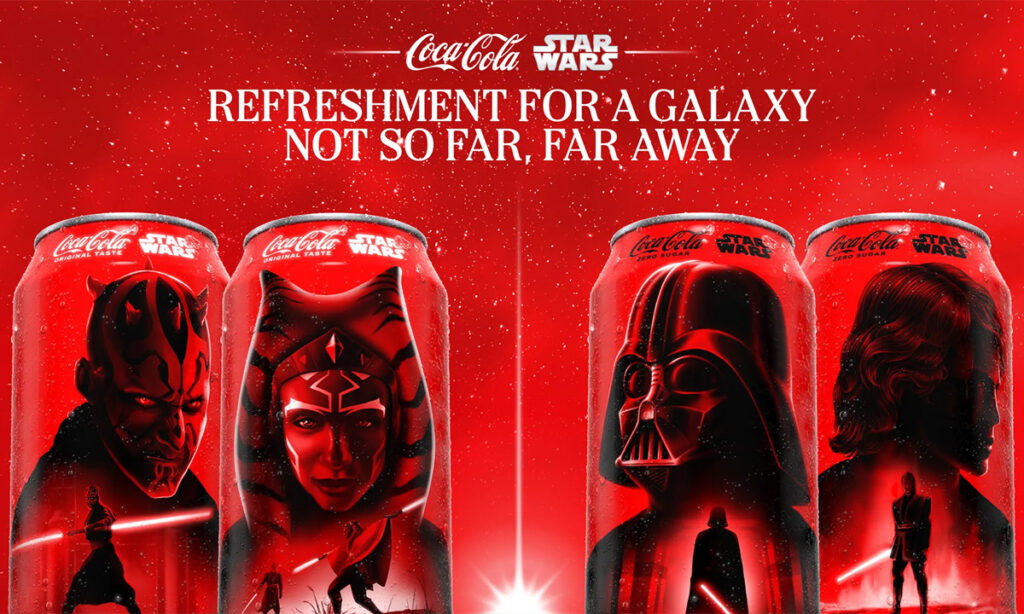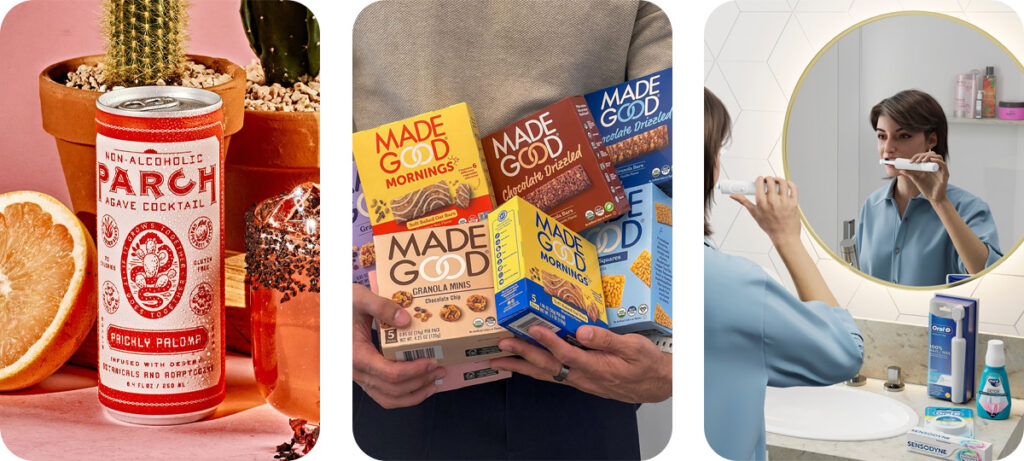
Good morning. First, it was mocktails. Now? It’s full-on functional drinks promising calm, focus, or a vibe—all without the booze. Meanwhile, AI is quietly helping brands decide what’s next on your shelf (before you even know you want it). We’re diving into both shifts this week.

From No-Alcohol to ‘Feel-Good’ Drinks
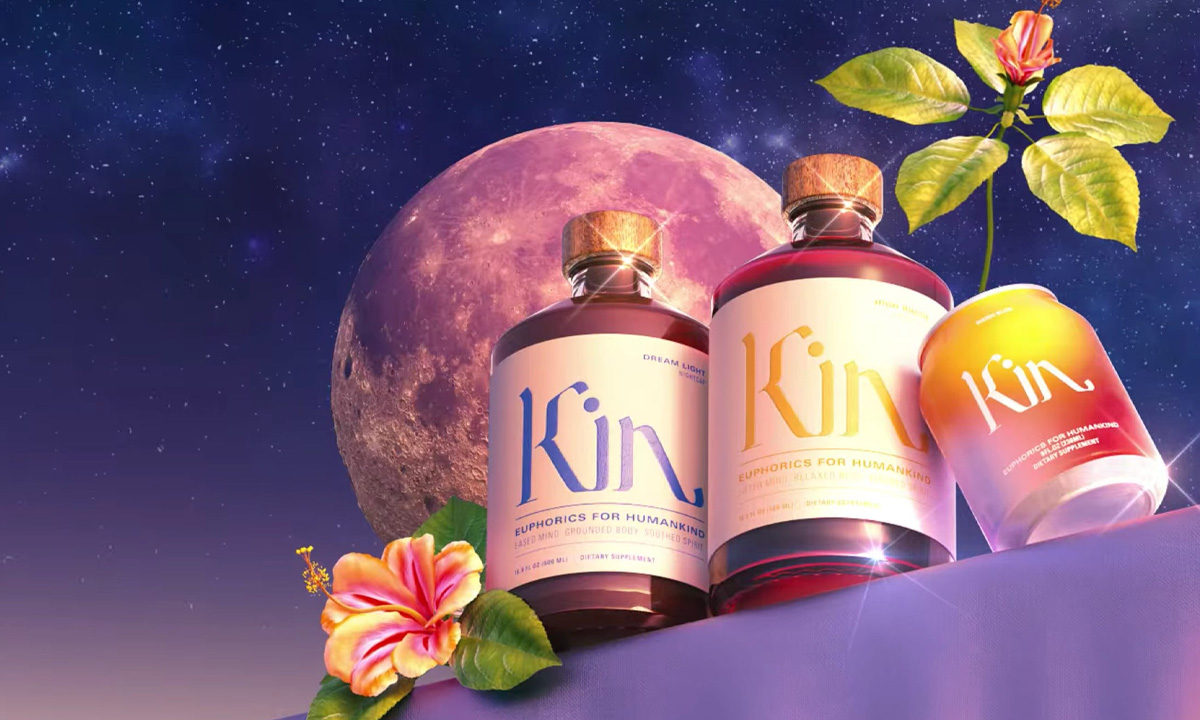
What started with Dry January and zero-proof cocktails has evolved into something way bigger. Today, consumers especially Gen Z and millennials aren’t just avoiding alcohol; they’re actively seeking drinks that enhance their mood, energy, and focus.
Take Kin Euphorics, which offers a drink built for intentional unwinding. De Soi, co-founded by Katy Perry, delivers bubbly blends for celebration without the alcohol. And Hiyo? It’s a social tonic made for joining the moment, minus the foggy aftermath.
And innovation isn’t slowing down. Brands are exploring adaptogens like ashwagandha and reishi for stress relief, nootropics for mental sharpness, and botanicals for subtle mood lifts with many brands drawing inspiration from ancient traditions.
Why it matters: This isn’t just a trend it’s the next category. Gen Z is leading this shift; with nearly 60% of them actively moderating their alcohol intake, the next wave of drinking isn’t about what’s missing it’s about what’s added.

How AI is Reshaping What Brands Make, Test, and Sell
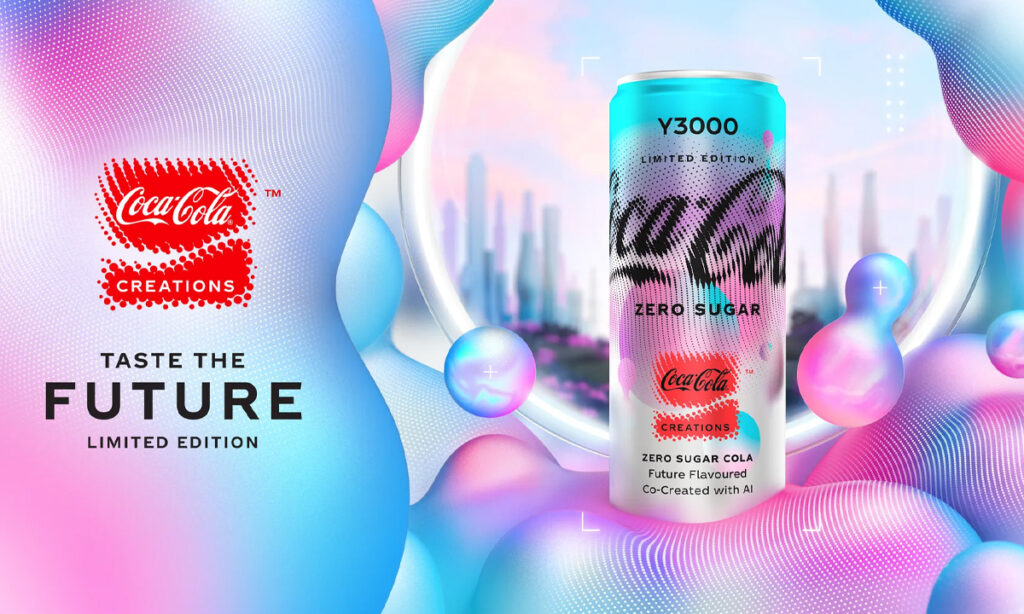
Let’s skip the obvious. Sure, AI can help write emails faster. But the real magic? It’s in how brands are experimenting with fresh ideas, testing bold hypotheses, and discovering unexpected wins.
Product development: Brands are using AI to explore flavor trends, customer data, and mood boards, launching new SKUs faster. Some brands are tapping AI during early brainstorming to test flavor directions, refine positioning, and uncover ingredients gaining momentum, all before stepping into a test kitchen.
Product testing: A beauty brand ran competitor reviews through AI, uncovered a hidden frustration, and built a campaign around it. Colgate’s using digital twins to simulate reactions, and indie skincare brands are getting scrappy with lightweight AI tools to test claims and tweak packaging before launch.
Personalization: Pet brands are using AI to predict demand shifts and adjust quickly to seasonal changes. Others tailor recommendations based on real-time shopping behavior. Home cleaning and wellness brands are using tools like Spate to track niche trends.
Brands winning with AI aren’t following a playbook. They’re mixing, testing, and pushing boundaries. The real magic happens when you stop asking if AI can help, and start asking: where have you not tried it yet?

Drink It. Snack It. Dip It.
Here’s what’s keeping us going between shoots and inbox marathons. No sponsorships, just stuff we’re genuinely loving right now.
- Drink: We have been reaching for Sip Herbals blends in the afternoons. They are smooth, feel a little indulgent, and are way easier on our energy than pouring another cup of coffee.
- Snack: MadeGood granola bites have been our go to desk snack. They are just sweet enough, allergy friendly, and perfect for those mid afternoon moments when you need a little something.
- Dip: We grabbed a jar of Diablo Salsa at a farmers market and it quickly became a favorite. It is smoky with just the right heat and makes everything from tacos to breakfast eggs better.

Worth the Click
These reads hit different and we thought you’d want in.
- 5 Gen Z marketing tips from DTC brands
- A million dollars isn’t cool. You know what’s cool? $2 billion
- 11 AI Shopper Marketing Examples: The Future of CPG & Retail
- How To Reach People At The Right Time With Personalization Strategies
- Top DTC Marketing Examples in 2025 (+ Case Studies)

